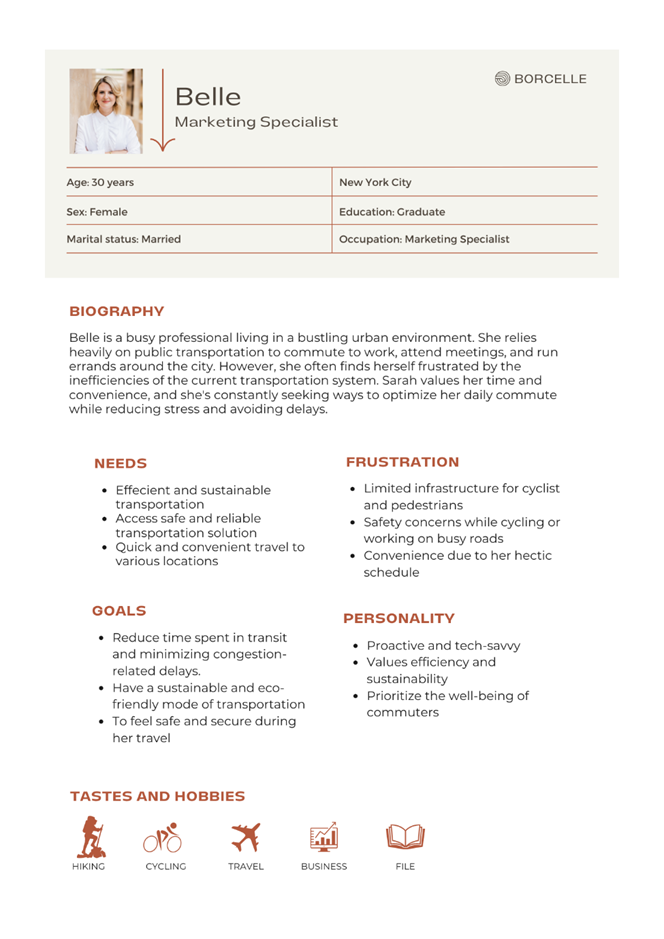Challenges, Opportunities and Solutions of Amazon
Challenges Amazon sellers grapple with intense competition and strict packaging regulations. With a low barrier to entry, numerous sellers offer the same products, driving down prices and making it hard to stand out. Strict packaging guidelines add complexity and costs, risking shipment delays and additional fees for non-compliance. Optional services like FBA Labeling and Prep further strain margins (Hopstack, 2024). Opportunities Amazon has several key opportunities to expand its market presence and drive growth. One significant opportunity is expanding into emerging markets, such as certain countries in Asia and South America, where Amazon has limited or no presence. This expansion can involve entering new geographic regions and diversifying into new product categories or customer segments. By doing so, Amazon can diversify its revenue streams, reduce dependence on specific markets, and capture a larger share of the global retail market. Additionally, expanding its physical s
